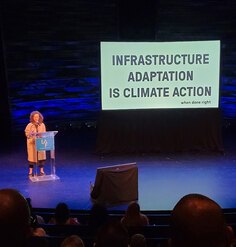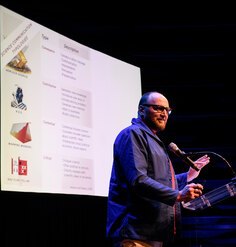LAF Fellow Betsy Peterson is Starting a Biodiversity Victory Garden Movement
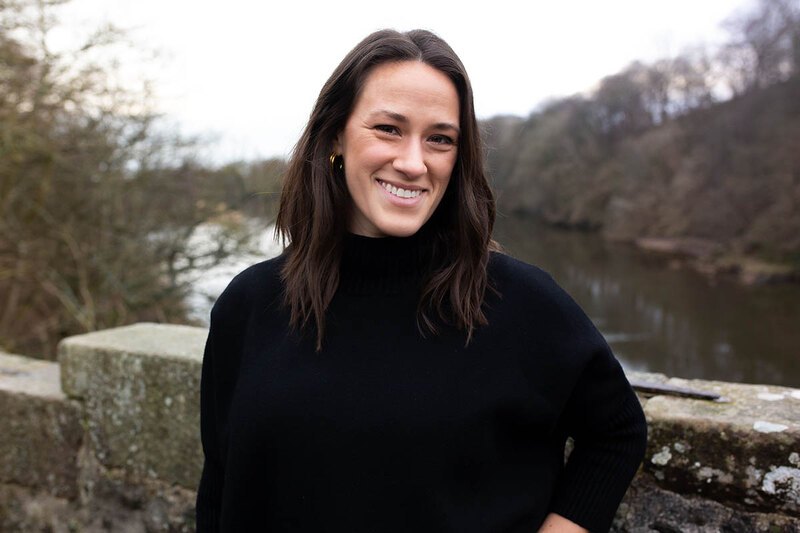
Insect populations are declining globally at unprecedented rates. In fact, they’re going extinct faster than mammals, reptiles, and the other more familiar victims of our planet’s ongoing mass extinction. Even the spaces we’ve set aside for nature are experiencing significant losses in insect populations. That’s because species need connected corridors; isolated pockets of habitat are not enough when the spaces in-between are inhospitable. Obviously, large-scale solutions are ideal, but the average concerned citizen can’t make sweeping regulatory changes or overhaul industrial agriculture on their own. They want to help in small ways, but they might rightly wonder if their garden-scale or community-scale interventions can make a meaningful difference. Can a network of backyard-sized landscapes have an impact?
Betsy Peterson believes they can, and her 2023-24 LAF Fellowship project is about laying the foundation for this kind of grassroots action. Specifically, Betsy wants to start a Biodiversity Victory Garden movement. Her inspiration is the Victory Garden movement of WWII, when families in the US and UK put yards and gardens of all sizes into production, growing their own food to fill the wartime supply gap. That movement worked. In 1944, 18.5 million US home gardeners collectively grew 40% of the nation’s produce. These home growers faced the existential crisis of war, but Victory Gardens empowered them to contribute, stay positive, and make a real impact.
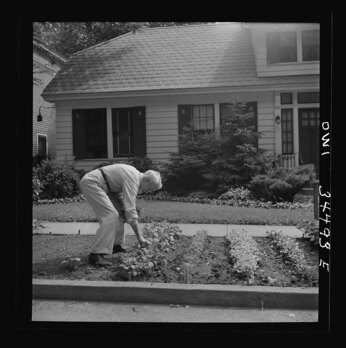
That same level of collective action could help fill the insect habitat gap. What if every garden was a waystation for traveling bugs or a place for less adventurous insects to live out their full life cycle? If enough small bits of garden and green corners in cities and suburbs were activated in this way, they could form the continuous strips of habitat necessary for insects to thrive and reproduce. Insects are at the base of the food web, so food sources for birds and other species, leading to a positive domino effect.
The success of Victory Gardens lay in wide adoption, in part thanks to effective public information campaigns and the distribution of posters and educational materials. Betsy realizes it will take new, creative formats to raise awareness and share actions steps in the digital age. Through her research year she has found numerous books on pollinator gardens and gardening for biodiversity, all rich with information. But these resources haven’t translated into widespread action. A movement is needed to spread this research and ideas using artwork and simple guides.
Like many in the field, Betsy took a roundabout path to landscape architecture as she followed her passion for combating climate change. After getting an undergraduate degree in English literature with a minor in environmental studies, she worked as a grant writer at Shelby Farms Park Conservancy, which manages a 4,500-acre public park in Memphis, TN. While she was there, Field Operations was hired to conduct a master planning process, and Betsy got to see the impact and possibility of landscape architecture up close. Inspired to make a career change, she returned to the classroom and got her MLA from Louisiana State University. After practicing for a few years in Houston, she moved to Aberdeen, Scotland and now runs her own firm, August Design Collaborative, where she serves local, community, and residential gardens.
The path to this fellowship started soon after Betsy’s move to Scotland, when she attended a symposium called Rewilding the Mind. Entomologist and bee expert Dave Goulson was there, speaking about the biodiversity crisis and the power of gardens to contribute. Other speakers, such as Fergus Garrett, Head Gardner at the famous historic house Great Dixter, shared a vision of ornamental gardens that weren’t a drain on resources, but a vital tool for extending the bloom season and providing habitat. Betsy knew she wanted to contribute to this work with her landscape architecture skills and perspective. And she had the spark of an idea—Victory Gardens for insect biodiversity—but needed structure to bring her idea to life. So, she applied to the LAF Fellowship.
The first stage of her project was getting up to speed on the existing research and the barriers to widespread awareness and action on this issue. The average person doesn't even know there's a biodiversity crisis, let alone think they can do anything about it. Much of the information being disseminated on the topic is in academic journals and books; what’s aimed at the public is often just preaching to the choir.
Another challenge is the negative perception of insects. For many, they are just invaders to be kept out of our homes and pests to be sprayed out of our gardens and fields. Exceptions are made for a handful of pollinators and awareness of insects’ value is rising, but you’ll rarely hear—even in the landscape architecture field—about all the other critical orders of insects and their vital roles in our ecosystems. It doesn’t help that there is a lack of research on the approximately 1,000,000 known (and 10,000,000 undiscovered) species. Plus, the baseline data we have only goes back a few decades and is often from citizen scientists in Europe, the UK, and the US; there's a huge data disparity when it comes to the rest of the world.
Now at the nine-month mark of her fellowship year, Betsy has begun clarifying her findings and brainstorming concrete strategies for raising awareness. The first step is raising awareness. Betsy recently worked with a graduate class at Louisiana State University to collaborate on the first in a series of posters inspired by the historic Dig for Victory campaign. The students’ design brief included that original WPA style and a prompt: share an unexpected biodiverse habitat from the place you grew up. With a diverse class, the final posters included perspectives from Nicaragua, China, Iran, and the US. This exercise sparked rich dialogue among the students, making the process of creating the posters as valuable as the final products.
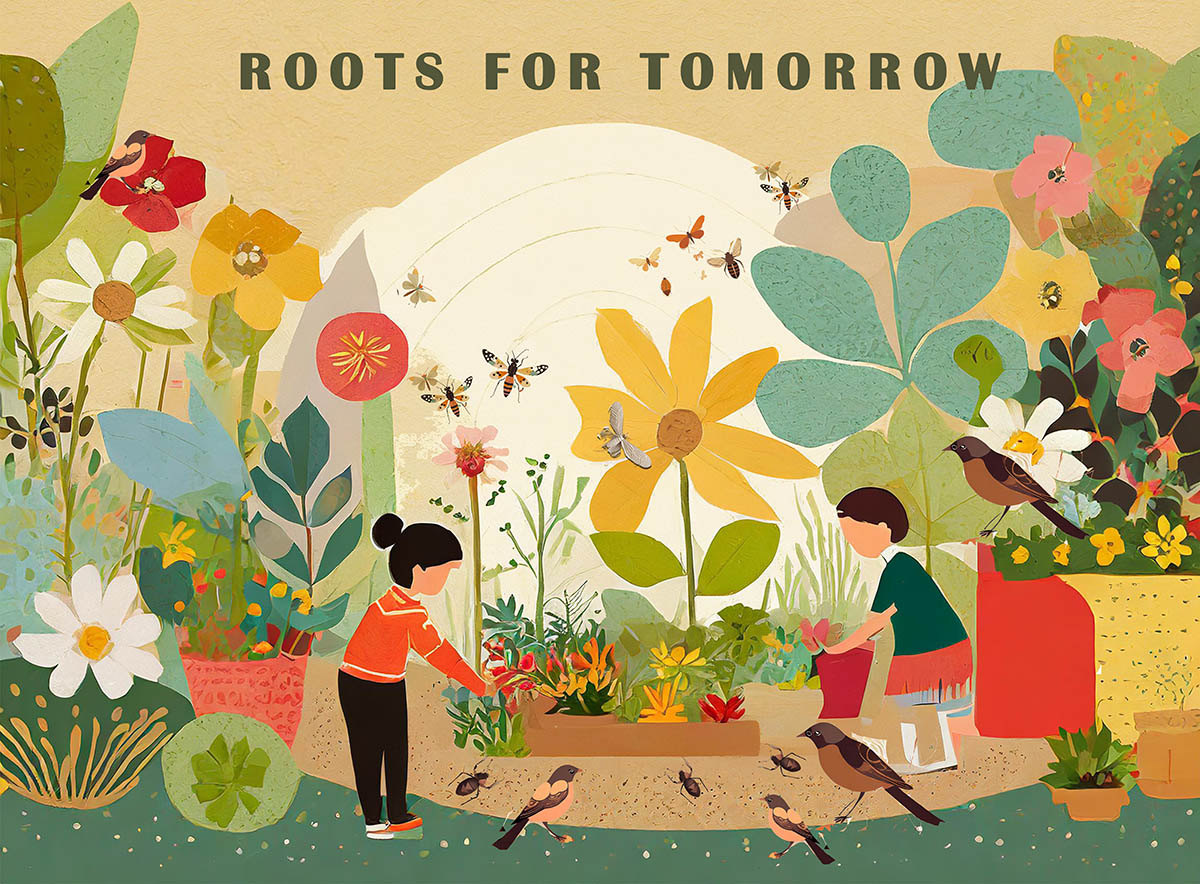
Victory Gardeners in the 1940s were given simple how-to information in booklets and guides distributed by governments. For her modern audience, Betsy is developing a “Biodiversity Cookbook.” This online resource will start as a newsletter and Instagram presence and evolve into a website where anyone—home-gardeners, apartment-dwellers, or landscape architects—search through a “recipe box” of ideas.
Not only does a “cookbook” tie into the Victory Garden concept, but it’s also a good reminder that agriculture and associated pesticides are the top two contributors to loss of habitat and insect population decline. Some recipes will be more practical, like one for creating solitary bee habitat in wayfinding signage or decorative panels. Others are more philosophical, like one encouraging readers to “leave it alone” and fight the impulse to make everything perfect and uniformly green. There will also be recipes for advocacy and activism, inspired by neighbors around the world who have worked together to turn lifeless, over-mown public spaces into insect-friendly gardens or get pesticides banned in their cities.
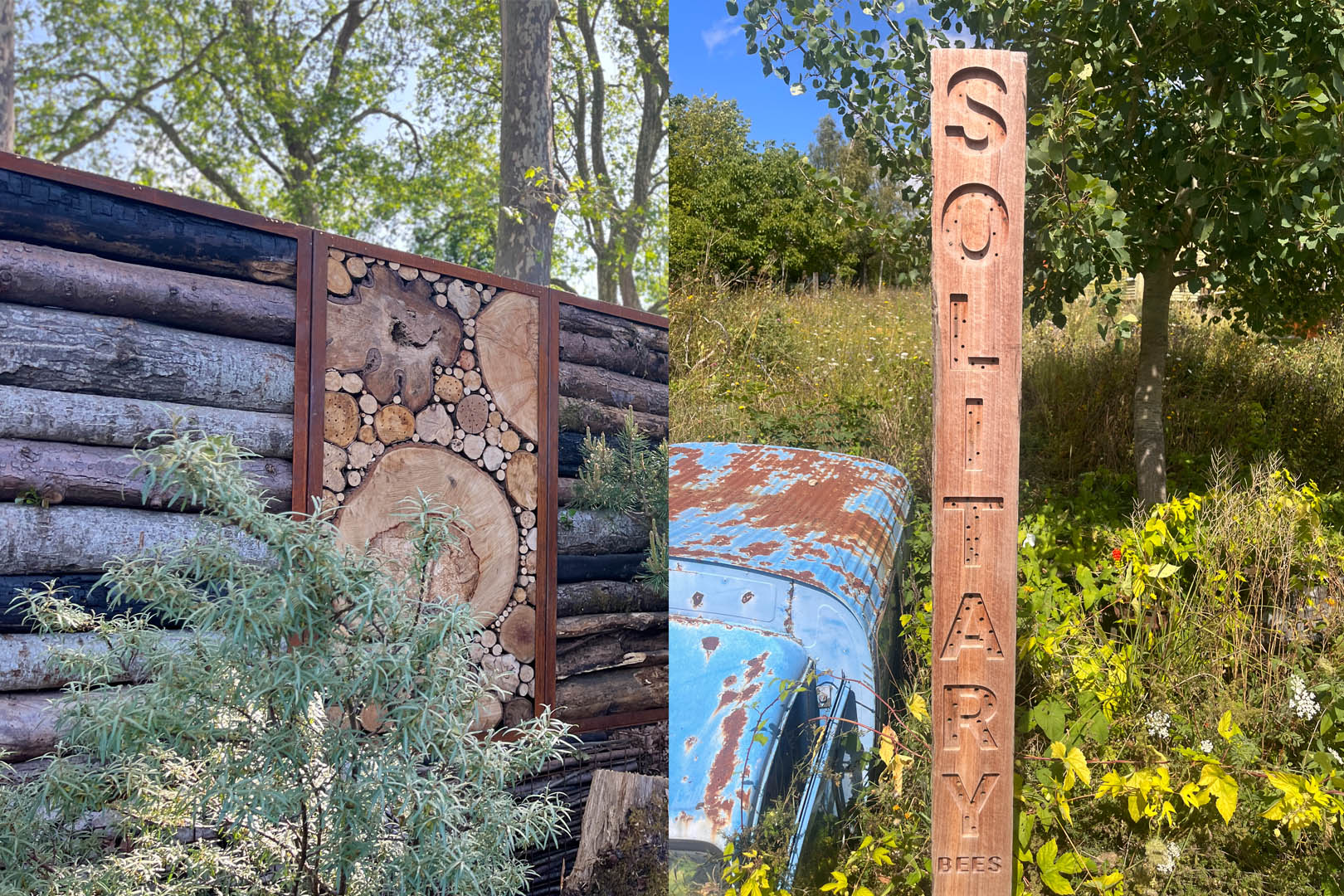
In an age of climate-anxiety, landscape architects and other biodiversity advocates must generate inspiration and hope without falling into the trap of greenwashing or downplaying the scale of the problem. This is the tightrope Betsy has been walking for the last year, but right now, she’s leaning towards the idea that most people don’t necessarily need to be bogged down by the weight of catastrophe or up to speed on the data. There are many ways to motivate, and Betsy is focused on empowering individuals and communities to contribute, even if they don’t understand the complex web of causes behind insect population decline. After all, when governments urged the public to start Victory Gardens eighty years ago, they didn’t go into the specifics of battle strategies or supply chains; they kept the problem simple enough that everyone could understand it, then handed them a concrete way to be a part of the solution.
As her fellowship year comes to a close, Betsy is preparing to give a final presentation at the LAF Leadership + Innovation Symposium in June. That talk, however, is just the beginning of her biodiversity Victory Garden movement, and she already sees how the LAF Fellowship is going to have a ripple effect. The fellowship’s focus on leadership has led to rich conversations and showed her how bringing others into your process is vital to keeping the fire of inspiration alive. Working on the complex issues that landscape architects address takes a village.
UPDATE: You can watch Betsy's presentation from the 2024 LAF Innovation + Leadership Symposium here. The symposium was the culmination of the fellowship year for the 2023-24 cohort.
